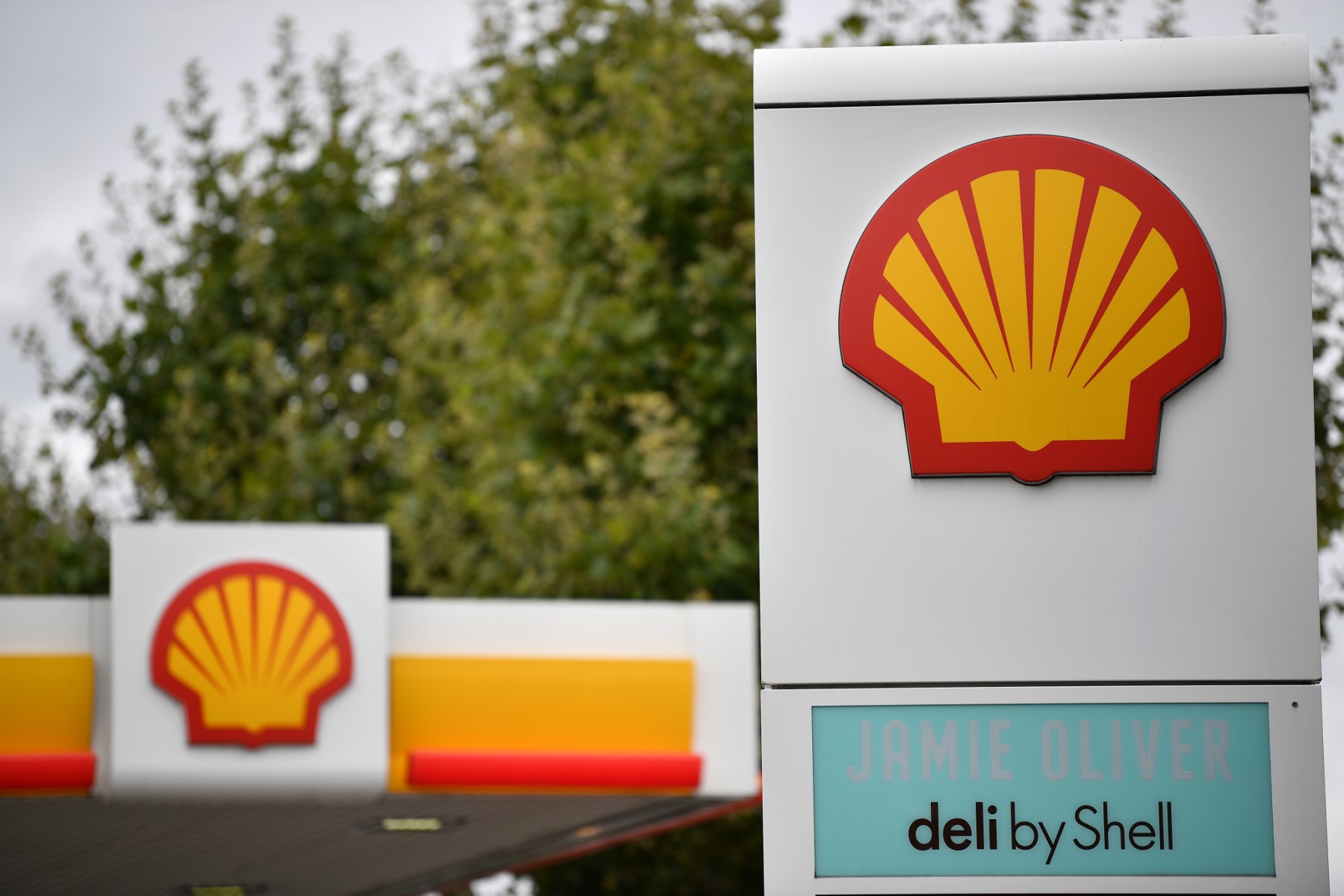Paris, France — From BP to ExxonMobil to TotalEnergies, none of the oil and gas majors have repeated the exceptional profits posted in 2022 when prices surged in the wake of Russia’s invasion of Ukraine, but they nevertheless remain comfortably profitable this year.
BP was the last to report earnings, reporting Tuesday a second-quarter net profit of $1.8 billion, which was just a fifth of what it earned in the same period last year.
Before it, the US giant ExxonMobil saw its second-quarter profits tumble 56 percent to $7.9 billion, while rival Chevron saw a similar fall to $6 billion.
Shell saw a 64 percent drop in net earnings to $3.1 billion, while TotalEnergies fared better with just a 28 percent slide to $4.1 billion.
All of them saw their financial performance “impacted by fluctuating prices of oil, gas and refined products,” as BP described it on Tuesday.
In 2022, the five oil majors earned a combined total of $151 billion in net profits thanks to the double-whammy of the Russian invasion of Ukraine causing supply concerns, with Moscow cutting gas supplies to most of Europe, just as the emergence of the global economy from pandemic lockdowns boosted demand.
‘Exceptional year’
“2022 was clearly an exceptional year and not the norm,” said Moez Ajmi, an energy analyst at the consulting firm EY.
Oil and gas prices are now much lower.
The Dutch TTF gas contract, the reference for western Europe, fluctuated between 25 and 55 euros per megawatt hour in the past three months, after hitting nearly 350 euros in March 2022 in the wake of the Russian invasion.
Meanwhile, Brent crude traded at an average of $78.10 per barrel in the second quarter, far from the $114 during the same period last year.
While their earnings were considerably lower, the energy majors “remain very profitable”, Ajmi said.
“The proof: their policy to always reward shareholders and boost dividends, the increase in investments compared with last year, and the better debt ratios,” he added.
Shell announced a 24 percent increase in interim dividends, and the share buyback programs in place at the majors are also considerable, according to Ajmi’s calculations.
‘Elevated’ prices
Everything points to an “excellent 2023” for the energy majors, Ajmi said, even if the current pricing levels mean they won’t be anything like those of last year.
“Oil prices will be elevated, well over $80, as the economic prospects look better and soft landing is more likely,” said Adi Imsirovic, an oil sector expert at Surrey Clean Energy.
Support for oil prices has also come from decisions by Russia and Saudi Arabia to put less oil on international markets.
Meanwhile, the gas market has stabilised.
“European gas storage is pretty full and in the absence of an exceptionally harsh winter, prices should stay moderate,” Imsirovic said.
But a cold winter in the northern hemisphere and an increase in demand from China would “quickly ramp up gas prices”, he said.

